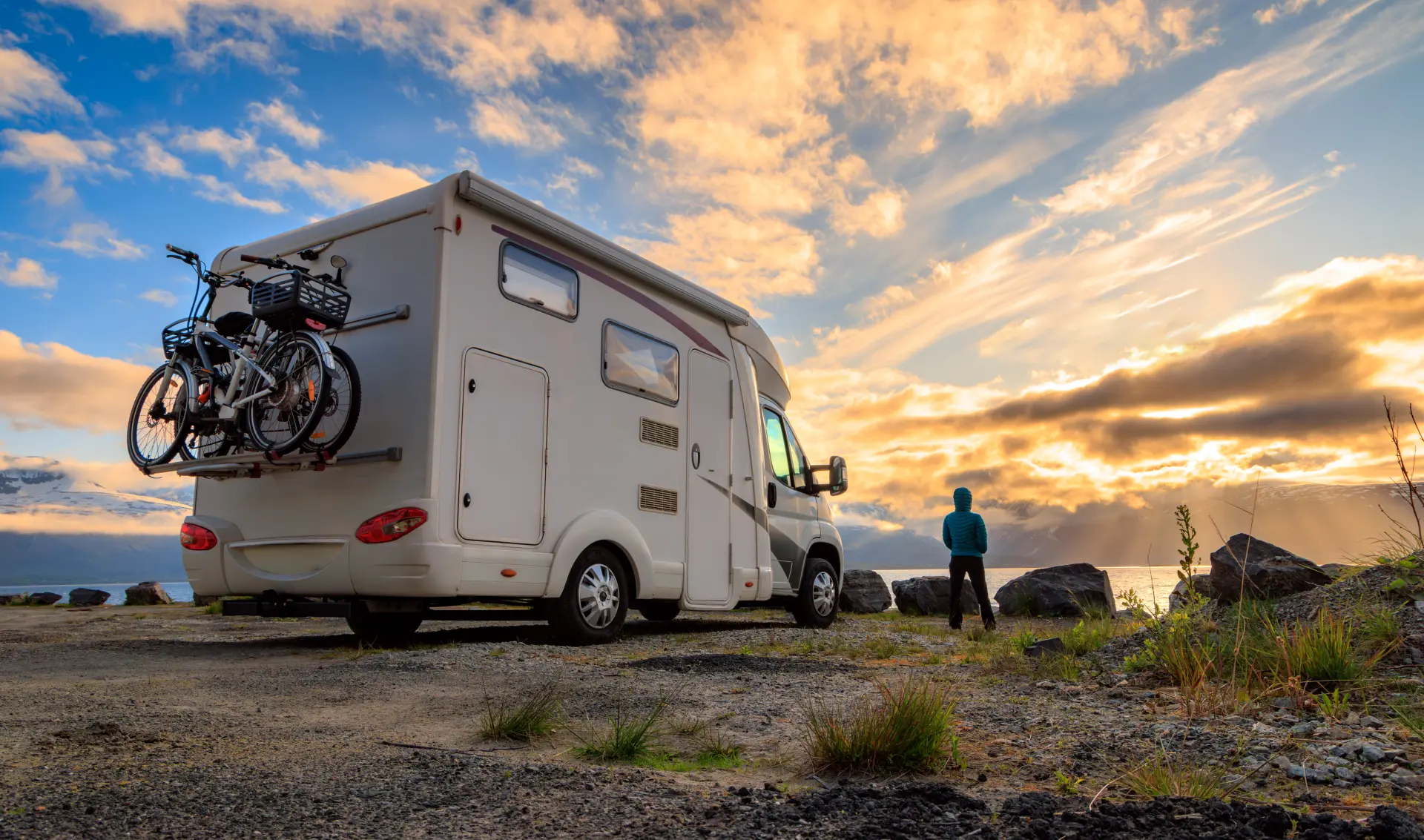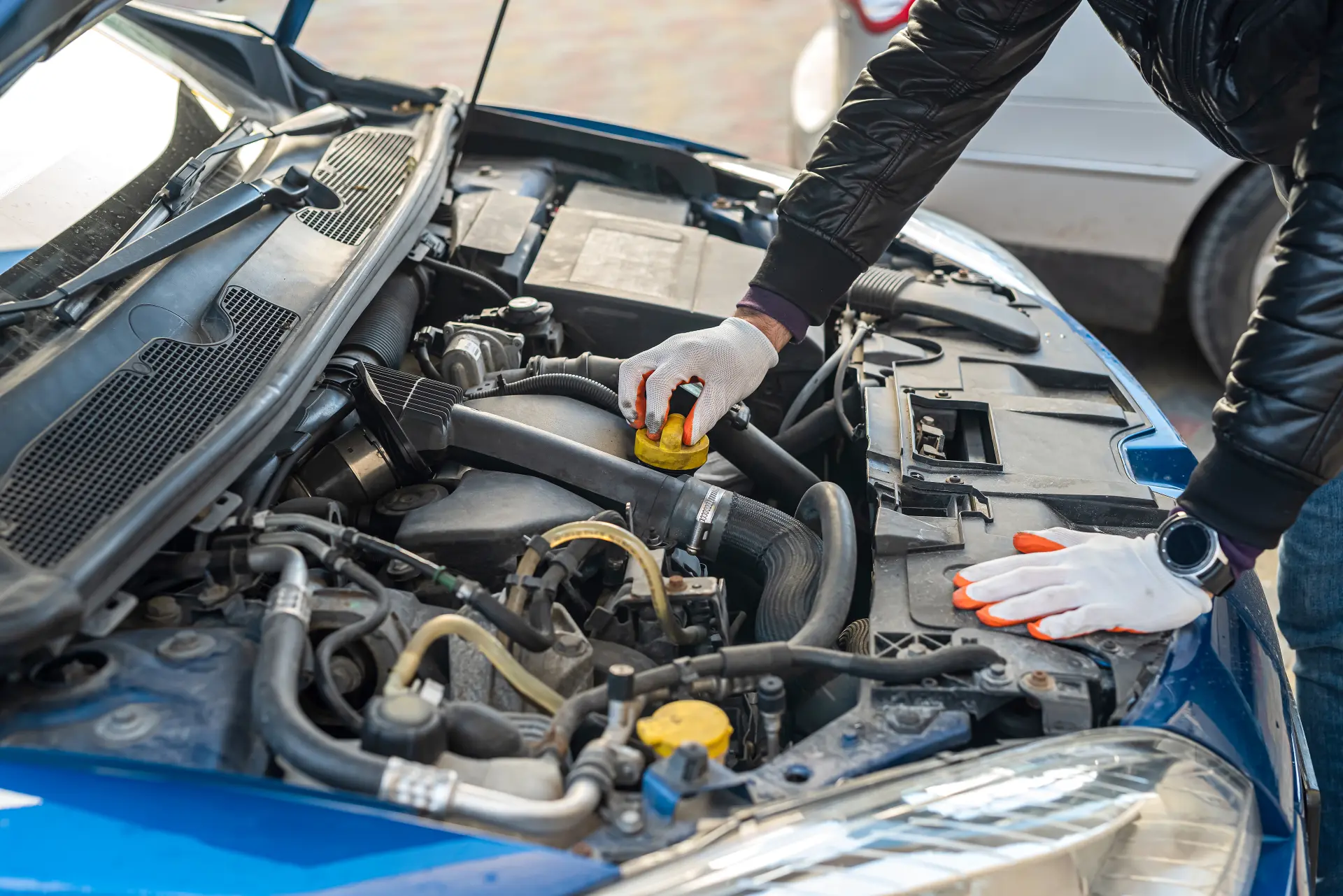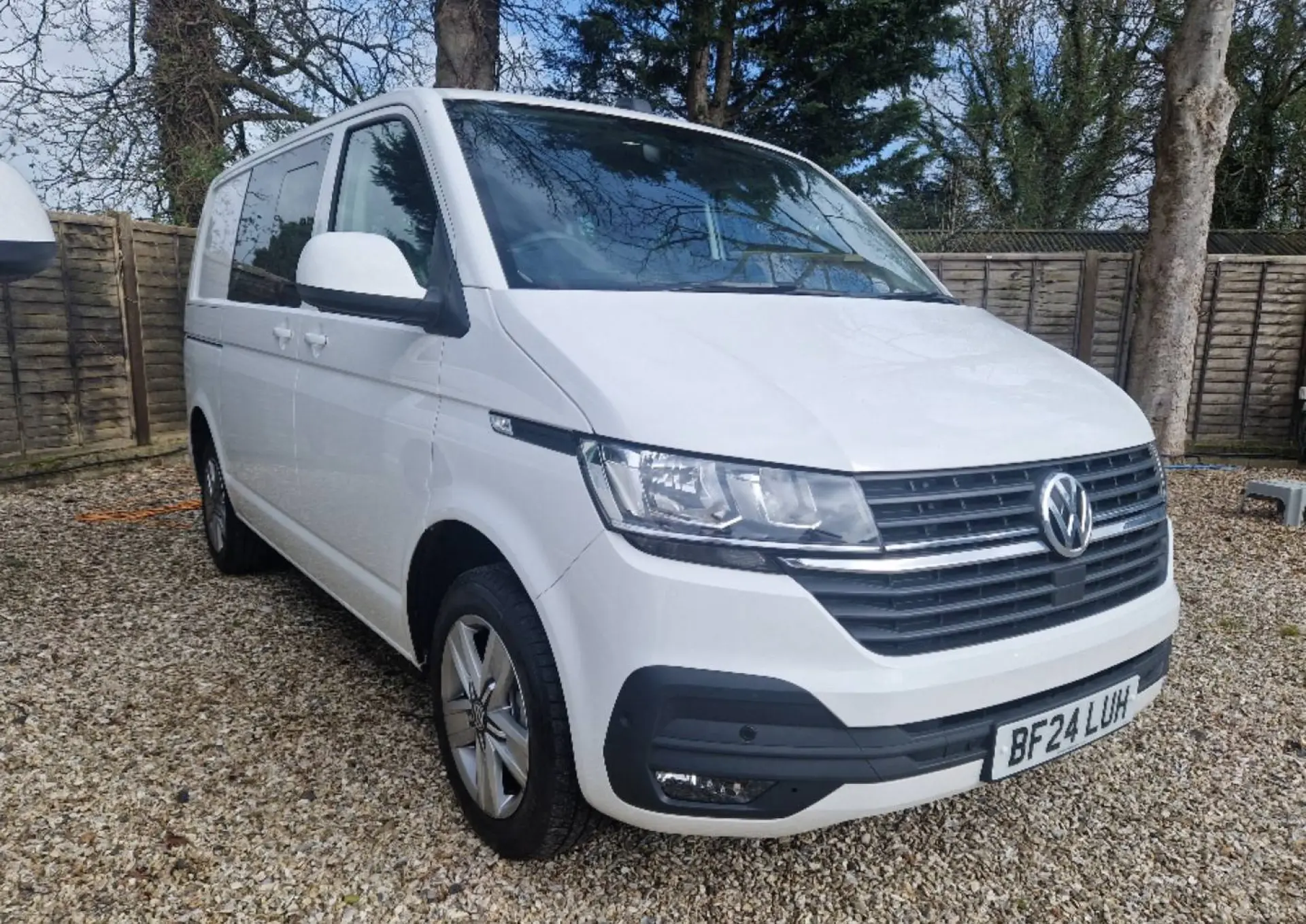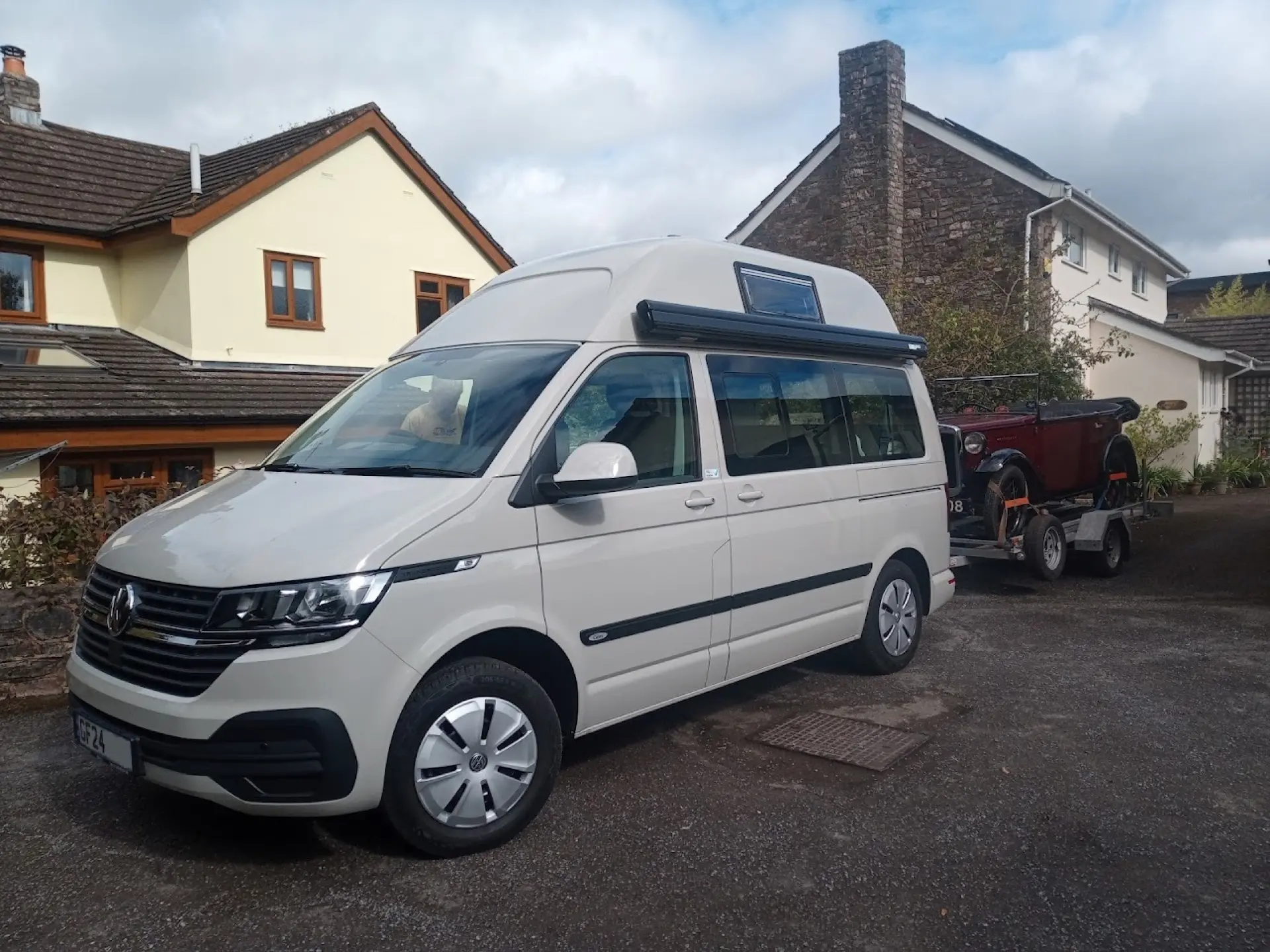Insurance Implications of a Campervan Conversion
Tell your insurer about your plans before you start the build. A conversion changes the use and the risk, so the policy must match the new setup. If you do not declare changes, a claim could be refused. Give clear details of the van, your design, and the parts you plan to fit.
Always check the body type on the V5C. If the van is reclassified as a motor caravan, insurers may offer different cover and prices. If it stays as a van with windows, some motor caravan policies will not apply. Send photos inside and out, and keep copies of receipts and work notes. These help your insurer understand the build and agree on a fair value.
Ask for an agreed-upon value policy once the work is done. Standard market value often ignores the cost of the build. An agreed value sets a number for total loss claims. You will need recent photos and proof of parts and labour. Update this value if you add major features later.
Vehicle Classification and DVLA Requirements
In the UK, your van’s official body type on the V5C is based on how it looks from the outside. After a conversion, you can ask DVLA to change the body type to motor caravan, but they decide using the van’s external appearance, not just the interior fit-out.
DVLA expects clear external motor caravan features. Their guidance lists items such as two or more side windows in the living area, a separate door into the living space, motor caravan style graphics on both sides, an awning bar and a fixed high top roof. You must send photos of the finished van to show these features.

To apply, update your V5C and include evidence. DVLA may inspect the vehicle before it accepts a change to body type. Keep interior and exterior photos and any build records ready to support your application.
Not every conversion is reclassified. If the exterior does not clearly match a motor caravan, DVLA can leave the body type as van with side windows even when the inside is fully fitted. Many converters report this outcome, so plan your exterior to meet the guidance.
Safety Standards for Gas, Electrics, and Plumbing
Safety comes first in a campervan. Plan your gas, electrical and plumbing systems to recognised UK standards, and keep clear records of parts, photos and test results.
For gas, use suitable parts and fittings, and design the system so it is safe to use and easy to check. Fixed pipework and appliances should be installed and tested by a competent person. It's always wise to have a carbon monoxide alarm that is approved for caravans and motorhomes fitted into your vehicle. Start by placing gas bottles in a sealed, vented locker, routing flues correctly, and checking the joints for leaks.
For electrics, follow the UK Wiring Regulations for both mains hook-up and 12-volt systems. Use RCD protection on mains circuits and size MCBs and cables correctly. Keep mains and 12-volt wiring separate, protect cables from abrasion, and use proper fuses near the power source. Label your circuits and leave access to fuses and isolators.
For plumbing, choose food-safe tanks and WRAS-approved hoses and fittings. Support and insulate pipes to prevent rubbing and freezing. Disinfect new tanks and pipework before use, and repeat this at frequent intervals. Add drain points so you can empty the system for winter.
Roadworthiness and MOT Testing Requirements
An MOT is a yearly check of safety and emissions once the vehicle reaches the test age. Most campervans are tested as Class 4, the same as a car, but some heavier or larger vehicles may fall into a different class. Your MOT class depends on weight and seats, not on how nice the interior looks. Check your plated weights and seating to be sure. After a conversion, make sure all lights work and are not blocked by new panels or racks. Headlights must be secure and aimed correctly. It is paramount that your sidelights, indicators, brake lights and number plate light all function properly. Reflectors must be clean and visible.
Tyres must have the right size and load rating for your van. They need at least 1.6 mm tread across the centre three-quarters. Check for cuts, bulges and uneven wear. Wheels must be secure and free from damage. If you have changed to larger wheels or different offsets, ensure there is safe clearance on full lock and under load.

The brakes must stop the van in a straight line, and the handbrake must hold on a slope. The new weight from furniture, water, and gear makes the brakes work harder. If you increase weight, consider a service with new pads, fluid and flexible hoses. Suspension must be in good condition, with shocks and springs free from leaks or cracks.
Emissions must meet the rules for the engine and fuel type. A healthy engine, a clean air filter and no warning lights will help. If you have fitted a diesel heater, its exhaust must be routed and fixed safely so it does not affect the test or the cabin.
Bodywork must be free from sharp edges and serious rust. Rust near seat mounts, belt mounts, suspension, steering and brake points is a common cause of failure. Treat and protect any bare metal wherever you cut or drill for windows, vents or brackets.
Common Mistakes to Avoid with Regulations
A common mistake is not telling the right people about changes. If you change the body type or key parts of the van, you may need to update the V5C and inform your insurer. Failing to declare changes can cause problems with claims and police checks.Many builders skip proper certificates. Gas and mains electrics often need testing by a competent person. Keep proof of any checks and services. Without paperwork, some insurers may refuse cover, and campsites may turn you away.
People often ignore weight when thinking about what crosses regulatory boundaries. Added furniture, water and gear can push the van over its legal limit. Overweight vans handle badly and can lead to fines. Weigh the van when the build is complete and know your payload.
Some conversions block or move lights and number plates. If a bike rack, spare wheel or box hides a light or plate, the van can fail an MOT or be stopped on the road. Make sure all lights and the plate are visible and lit.
At VW Campervan Conversions Surrey, we provide an endless range of great campervans for you to choose from for your travels. No matter the size, style, or usage time, we're guaranteed to have the perfect campervan vehicle for you and your family.


